07579
Synperonic® F 108
surfactant, non-ionic
Synonym(s):
Poly(ethylene glycol)-block-poly(propylene glycol)-block-poly(ethylene glycol), Poly(propylene glycol)-block-poly(ethylene glycol)-block-poly(propylene glycol)
About This Item
Recommended Products
Quality Level
impurities
≤0.5% water
mp
56-61 °C
hydroxyl value
6‑9 mg KOH/g
application(s)
detection
InChI
1S/C3H6O.C2H4O/c1-3-2-4-3;1-2-3-1/h3H,2H2,1H3;1-2H2
InChI key
RVGRUAULSDPKGF-UHFFFAOYSA-N
Looking for similar products? Visit Product Comparison Guide
General description
Application
Legal Information
Storage Class
10 - Combustible liquids
wgk_germany
WGK 1
flash_point_f
Not applicable
flash_point_c
Not applicable
ppe
Eyeshields, Gloves, type N95 (US)
Choose from one of the most recent versions:
Already Own This Product?
Find documentation for the products that you have recently purchased in the Document Library.
Customers Also Viewed
Our team of scientists has experience in all areas of research including Life Science, Material Science, Chemical Synthesis, Chromatography, Analytical and many others.
Contact Technical Service



